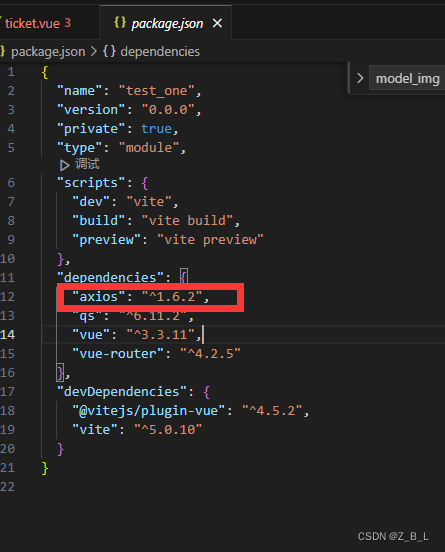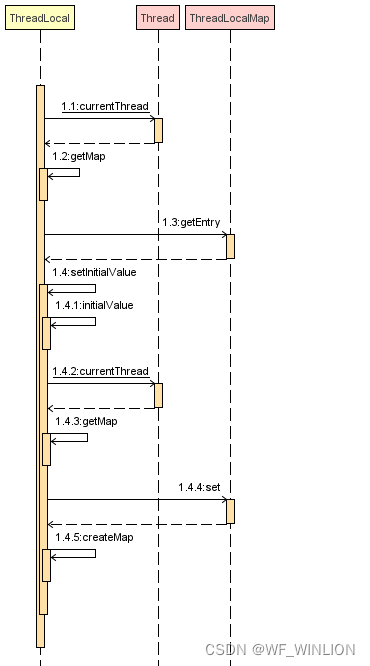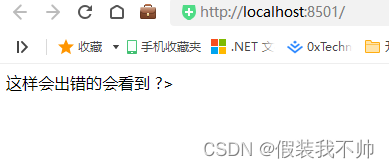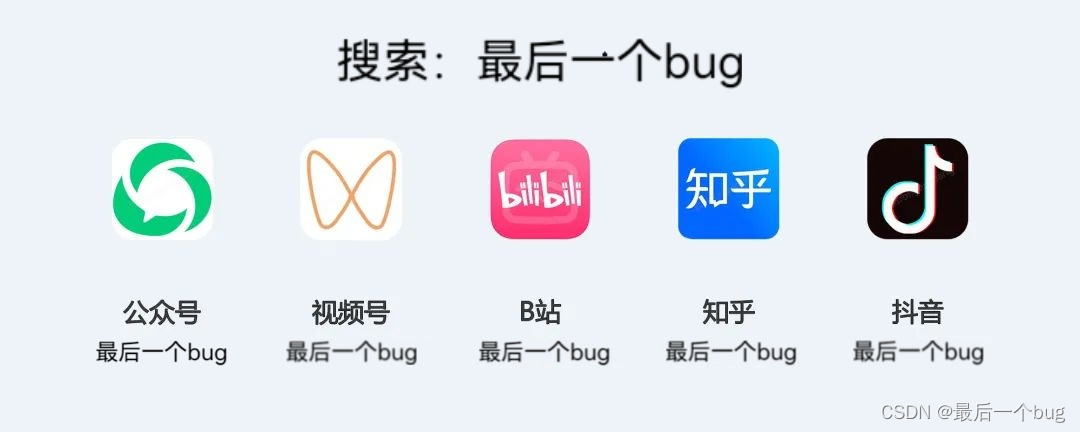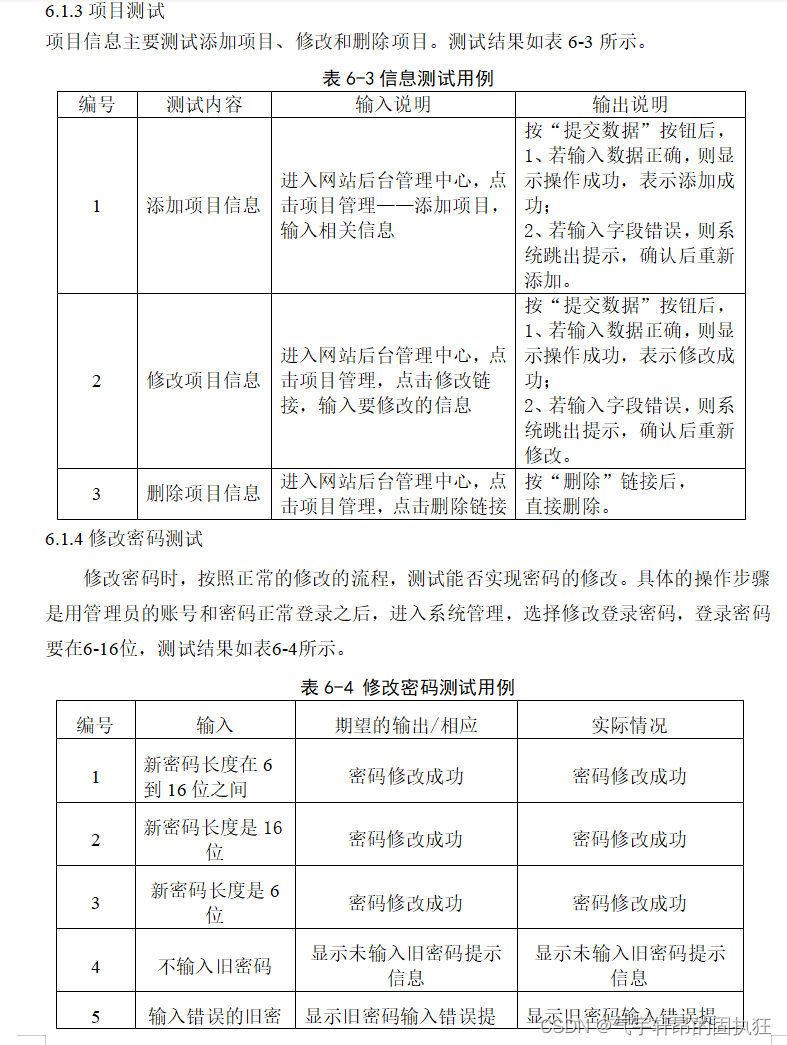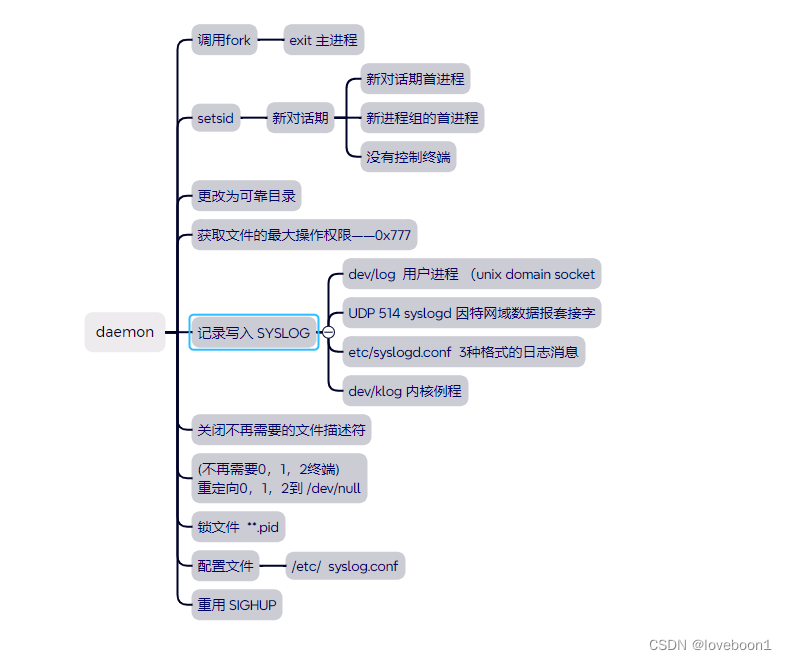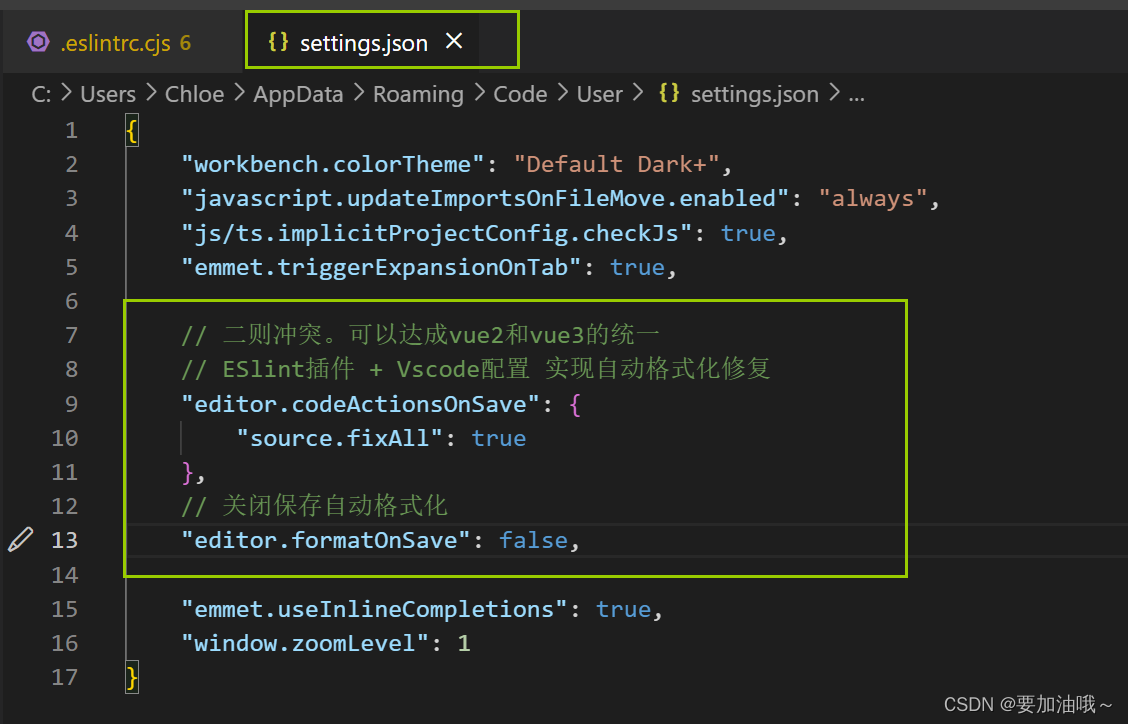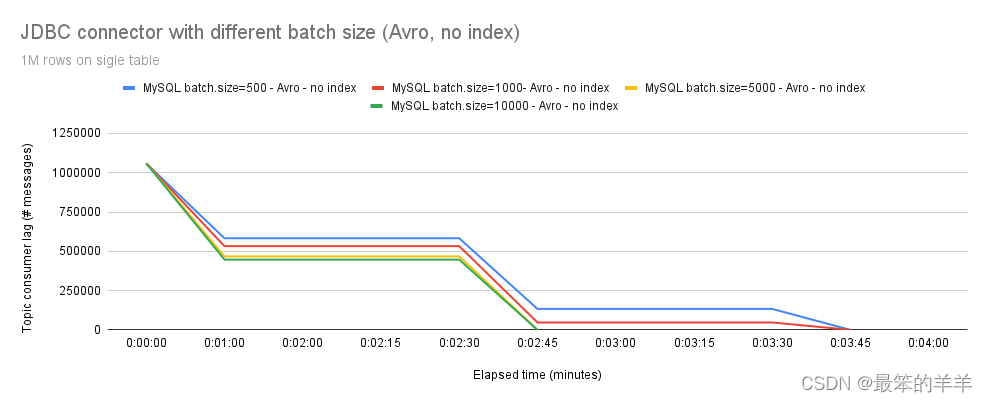✍面向读者:所有人
✍所属专栏:零基础入门Pythonhttps://blog.csdn.net/arthas777/category_12455877.html
目录
print()中的Python结束参数
print()中的Python|sep参数
Python的格式转换规则
使用格式化方法格式化输出

print()中的Python结束参数
默认情况下,Python的print()函数以换行符结束。具有C/C++背景的程序员可能想知道如何在没有换行符的情况下打印。Python的print()函数附带了一个名为“end”的参数。默认情况下,此参数的值为'\n',即换行符。
示例1:
在这里,我们可以使用此参数以任何字符/字符串结束打印语句。
# ends the output with a space
print("Welcome to", end = ' ')
print("GeeksforGeeks", end= ' ')
Welcome to GeeksforGeeks
示例2:
还有一个程序来演示结束参数的工作。
# ends the output with '@'
print("Python", end='@')
print("hello world")
hello world
示例3:
print()函数使用sep参数来分隔参数,并在最后一个参数之后结束。
print('G','F', sep='', end='')
print('G')
#\n provides new line after printing the year
print('09','12','2016', sep='-', end='\n')
print('Red','Green','Blue', sep=',', end='@')
print('hello world')
GFG 09-12-2016 Red,Green,Blue@hello world
使用end连接字符串:
在本例中,我们使用end参数将两个print()语句连接到一行输出中。对于第一个print()语句,end参数被设置为空格字符“”,因此第二个print(()语句将在同一行开始,由空格字符分隔。
end参数是Python中print()函数的一个有用功能,可用于以各种方式控制输出的格式。
name = "Alice"
age = 30
print("My name is", name, "and I am", age, "years old.", end=" ")
print("Nice to meet you!")
My name is Alice and I am 30 years old. Nice to meet you!
print()中的Python|sep参数
Python中print()函数参数之间的分隔符默认为空格(softspace功能),可以根据我们的选择进行修改,并可以设置为任何字符、整数或字符串。“sep”参数用于实现相同的功能,它仅在python 3.x或更高版本中找到。它还用于格式化输出字符串。
#code for disabling the softspace feature
print('G','F','G', sep='')
#for formatting a date
print('09','12','2016', sep='-')
#another example
print('pratik','helloworld', sep='@')
GFG 09-12-2016 pratik@hellowork
sep参数与end参数一起使用时会产生令人敬畏的结果。结合sep和end参数的一些示例。
print('G','F', sep='', end='')
print('G')
#\n provides new line after printing the year
print('09','12','2016', sep='-', end='\n')
print('prtk','agarwal', sep='', end='@')
print('helloworld')
GFG 09-12-2016 prtkagarwal@helloworld
注意:请在在线ide中将语言从Python更改为Python 3。
通过在cmd(windows)或terminal(linux)中键入python,转到交互式python ide
#import the below module and see what happens
import antigravity
#NOTE - it wont work on online ide
如果你喜欢GeeksforGeeks并愿意投稿,你也可以使用write.GeeksforGeeks.org写一篇文章,或者将你的文章邮寄到review-team@geeksforgeeks.org.在GeeksforGeeks主页上查看您的文章,并帮助其他Geeks。
如果你发现任何不正确的地方,或者你想分享更多关于上述主题的信息,请写下评论。
使用print()函数中的sep参数:
默认情况下,sep参数设置为空格字符,因此如果未明确指定,则值将由空格分隔。
方法:
该代码使用print()函数打印出具有不同分隔符的字符串。print()函数的sep参数用于指定字符串之间的分隔符。在第一个示例中,使用逗号作为分隔符,在第二个示例中使用分号,而在第三个示例中则使用表情符号。
时间复杂性:
print()函数的时间复杂度是O(n),其中n是要打印的字符总数。然而,指定分隔符的时间复杂度是O(1),因为它是一个恒定的时间运算。
空间复杂性:
代码的空间复杂度也是O(n),其中n是要打印的字符总数。这是因为print()函数需要分配内存来存储字符串和分隔符,然后才能打印出来。
总的来说,代码具有用于指定分隔符的恒定时间复杂性,以及用于打印字符串和分隔符的线性时间和空间复杂性。
# using a comma separator
print('apples', 'oranges', 'bananas', sep=', ')
# output: apples, oranges, bananas
# using a semicolon separator
print('one', 'two', 'three', sep=';')
# output: one;two;three
# using an emoji separator
print('????', '????', '????', sep='????')
# output: ????????????????????
apples, oranges, bananas one;two;three ????????????????????
在Python中,有几种方法可以显示程序的输出。数据可以以人类可读的形式打印,也可以写入文件以备将来使用,甚至可以以其他指定的形式打印。用户通常希望对输出的格式有更多的控制,而不是简单地打印空格分隔的值。
Python中的输出格式
有几种方法可以在Python中使用字符串方法格式化输出。
使用字符串模运算符(%)
使用格式化方法
使用字符串方法
Python的格式转换规则
使用字符串模运算符格式化输出(%)
Modulo%运算符也可用于字符串格式设置。它将左参数解释为类似于printf()样式的格式,就像C语言中要应用于右参数的字符串一样。在Python中,没有printf()函数,但古老的printf的功能包含在Python中。为此,字符串类重载模运算符%以执行字符串格式设置。因此,它通常被称为字符串模(有时甚至被称为模)运算符。字符串模运算符(%)在Python(3.x)中仍然可用,并且被广泛使用。但如今,旧的格式样式已从语言中删除。
# Python program showing how to use string modulo operator(%)
print("Geeks : %2d, Portal : %5.2f" % (1, 05.333))
print("Total students : %3d, Boys : %2d" % (240, 120)) # print integer value
print("%7.3o" % (25)) # print octal value
print("%10.3E" % (356.08977)) # print exponential value
Geeks : 1, Portal : 5.33
Total students : 240, Boys : 120
031
3.561E+02
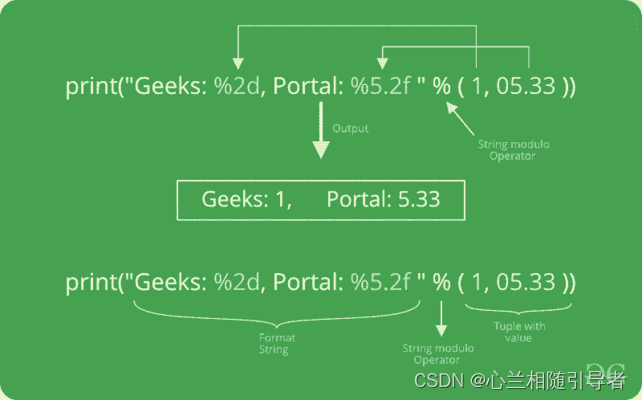
在我们的例子中有两个:“%2d”和“%5.2f”。格式占位符的一般语法是:
%[flags][width][.precision]type
让我们来看看示例中的占位符。
第一个占位符“%2d”用于元组的第一个组件,即整数1。它将用2个字符打印,由于1仅由一个数字组成,因此输出中填充了1个前导空格。
第二个占位符“%5.2f”用于浮点数。与其他占位符一样,它引入了%字符。它指定字符串应包含的位数总数,包括小数点和小数点前后的所有数字。
我们的浮点数05.333的格式为5个字符,精度为2,由“”后面的数字表示在占位符中。最后一个字符“f”表示占位符表示浮点值。
使用格式化方法格式化输出
format()方法是在Python(2.6)中添加的。字符串的格式化方法需要更多的手动操作。用户使用{}标记变量将被替换的位置,并可以提供详细的格式化指令,但用户也需要提供要格式化的信息。此方法允许我们通过位置格式连接输出中的元素。例如——
示例1:代码解释了各种Python字符串格式化技术。这些值要么是显式提供的,要么是按它们在format()过程中的出现顺序引用的。字符串允许使用大括号和f前缀将表达式嵌入字符串文本中。将评估f-Strings的表达式,并用它们的适当值替换它们。
print('I love {} for "{}!"'.format('world', 'world'))
# using format() method and referring a position of the object
print('{0} and {1}'.format('world', 'Portal'))
print('{1} and {0}'.format('world', 'Portal'))
print(f"I love {'world'} for \"{'world'}!\"")
# using format() method and referring a position of the object
print(f"{'world'} and {'Portal'}")
I love world for "world!" world and Portal Portal and world I love world for "world!" world and Portal
括号和其中的字符(称为格式字段)被传递到format()方法的对象所替换。方括号中的数字可用于表示传递到format()方法中的对象的位置。
示例2:借助位置参数和第一行中的命名参数('other'),将值'world'、'For'和'world'添加到字符串模板中。'world:12,Portal:0.55′被打印出来,第一个值显示为2位整数,第二个数字有2个小数位,宽度为8位。format()方法的命名参数,由数字“453”和“59.058”的特定标签(“a”和“p”)表示,
Python的格式转换规则
此表列出了Python的format()函数所使用的标准格式转换准则。
转变
意思
d
十进制整数
b
二进制格式
o
八进制格式
u
已过时,相当于“d”
x或x
十六进制格式
e或e
指数表示法
f或f
浮点小数
g或g
通用格式
c
单个字符
r
字符串格式(使用repr())
s
字符串格式(使用str())
%
百分率
